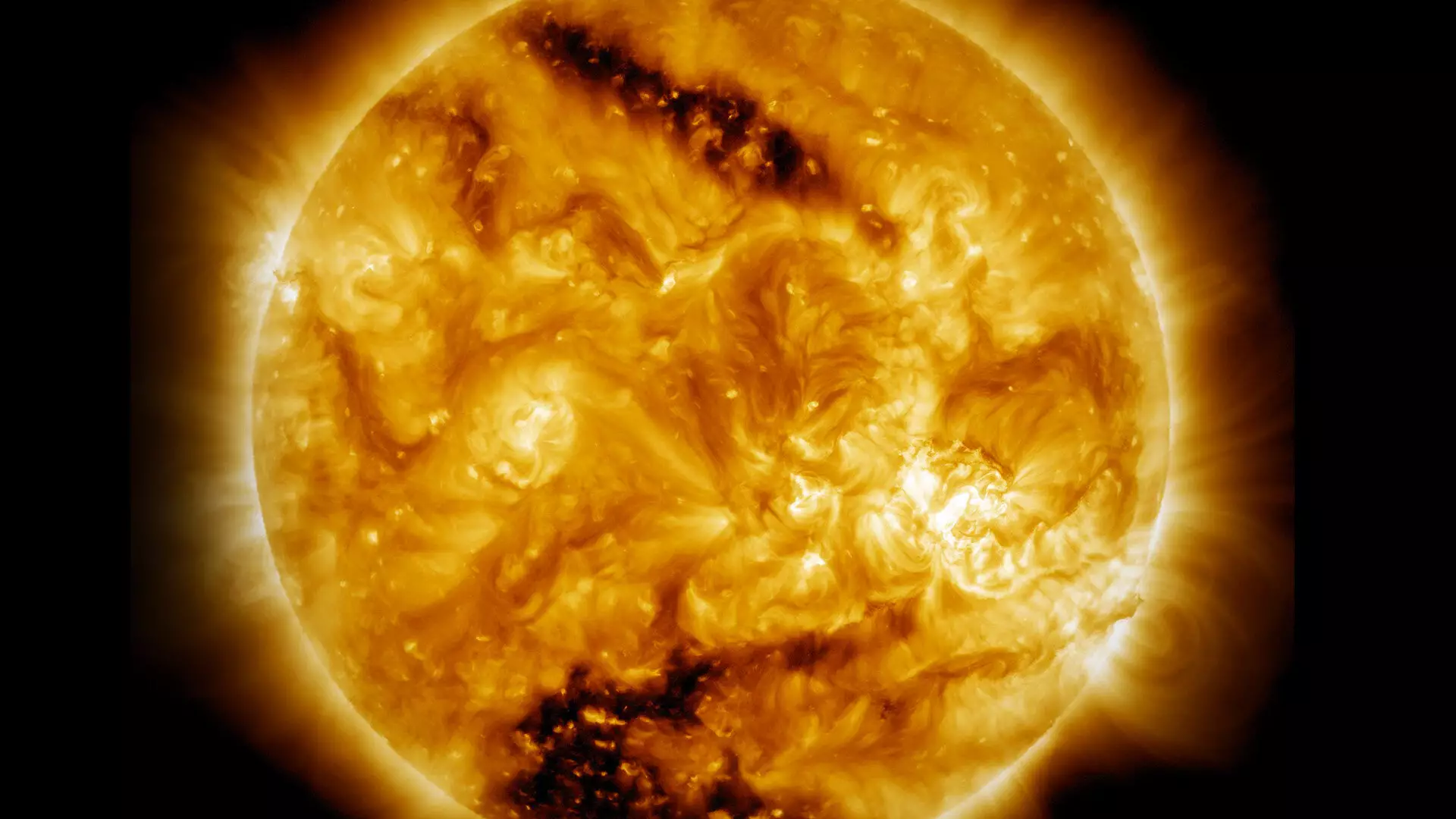The sun, a constant presence in our sky, is not just a burning ball of plasma; it is a complex and dynamic star with phenomena that perplex both amateur astronomers and astrophysicists alike. One of the most intriguing mysteries surrounding the sun lies in the disparity between the temperature of its surface, which stands at approximately 10,000 degrees Fahrenheit, and that of its outer atmosphere, the solar corona, which can exceed 2 million degrees Fahrenheit. This startling difference raises questions regarding the mechanisms that govern solar heating, a conundrum that has intrigued scientists since the high temperature of the corona was identified in 1939.
Understanding why the corona is significantly hotter than the surface of the sun poses a challenging problem. Conventional wisdom might suggest that temperature should decrease as distance from a heat source increases; however, the corona defies this expectation. This significant temperature gradient has led to extensive research efforts over the decades, with scientists proposing numerous theories to explain the processes that might contribute to the heating of the solar corona. Yet, despite advances in solar physics, a definitive explanation has remained elusive, adding layers of complexity to our understanding of solar dynamics.
A groundbreaking study led by Sayak Bose from the Princeton Plasma Physics Laboratory has taken significant steps toward solving this solar riddle. The research team identified a key factor in the heating of coronal holes—regions characterized by open magnetic field lines and lower density in the corona. Their notable discovery suggests that reflected plasma waves, particularly Alfvén waves, could play a crucial role in heating these regions. This advancement not only brings us closer to understanding coronal heating but also enriches our comprehension of solar magnetic activity.
Alfvén waves, which bear the name of their discoverer, Swedish physicist Hannes Alfvén, are oscillations within plasma akin to the vibrations of a guitar string. These waves arise from the interplay of magnetic fields and plasma. In their experiments, Bose and his team utilized the Large Plasma Device at UCLA to generate Alfvén waves in a controlled environment, simulating conditions analogous to those found in coronal holes. Their findings revealed that when these waves encounter varying densities and magnetic field strengths—common in the solar atmosphere—they can reflect back towards their source.
The implications of this reflection are significant. The interaction of outward-moving Alfvén waves with their reflected counterparts creates turbulence, which can, in turn, lead to heating. This captures a new aspect of solar physics where the interaction between different wave modes and the medium can yield unexpected outcomes, particularly in context to temperature differences in the corona.
What sets this study apart is not only the laboratory experiment but also the computational simulations that corroborate the findings. Jason TenBarge, another key contributor to the research, highlighted that these experiments provide tangible verification of Alfvén wave reflections, thereby supporting the hypothesis that the energy from these reflections is indeed substantial enough to contribute to the heating of coronal holes. The dual approach of hands-on experimentation paired with sophisticated simulations underscores the robustness of the research and the validity of its conclusions.
The findings from this study hold broad implications not just for solar physics but for our understanding of stellar atmospheres in general. As researchers deepen their understanding of the interactions that occur in solar magnetic fields, they may unlock insights applicable to other stars and even broaden their knowledge of astrophysical phenomena such as solar flares and coronal mass ejections.
The ongoing investigation into coronal heating exemplifies the challenges that remain in our quest to comprehend stellar dynamics. With each step forward, scientists like Bose and their collaborators illuminate not only the solar mystery but also the intricate dance of forces that govern our universe. As technology advances and our theoretical frameworks evolve, the sun continues to offer new secrets and stories, waiting to be unveiled by inquisitive minds.


Leave a Reply